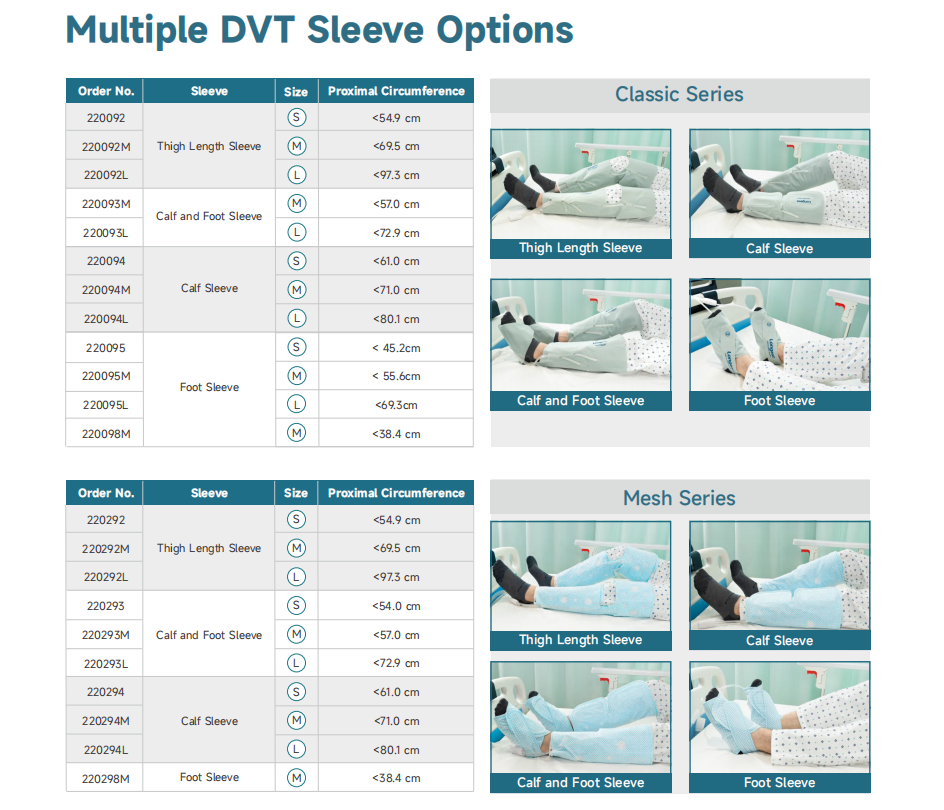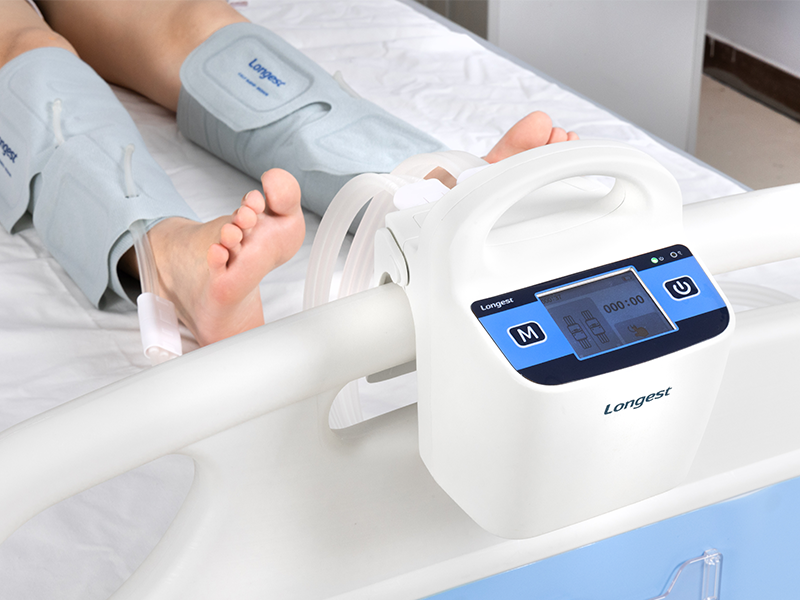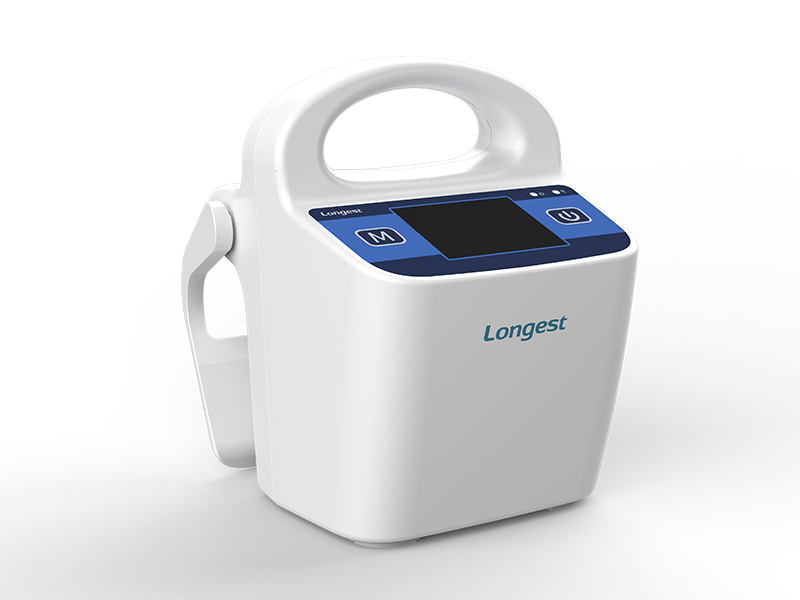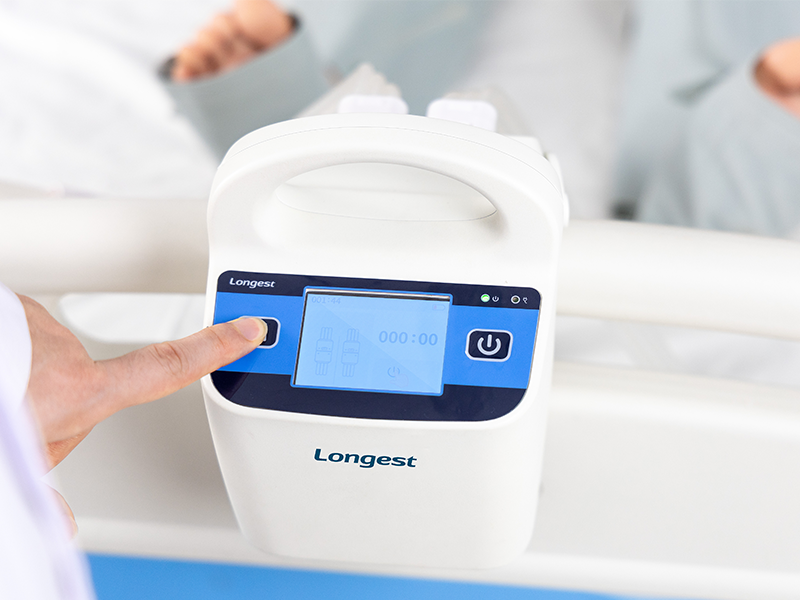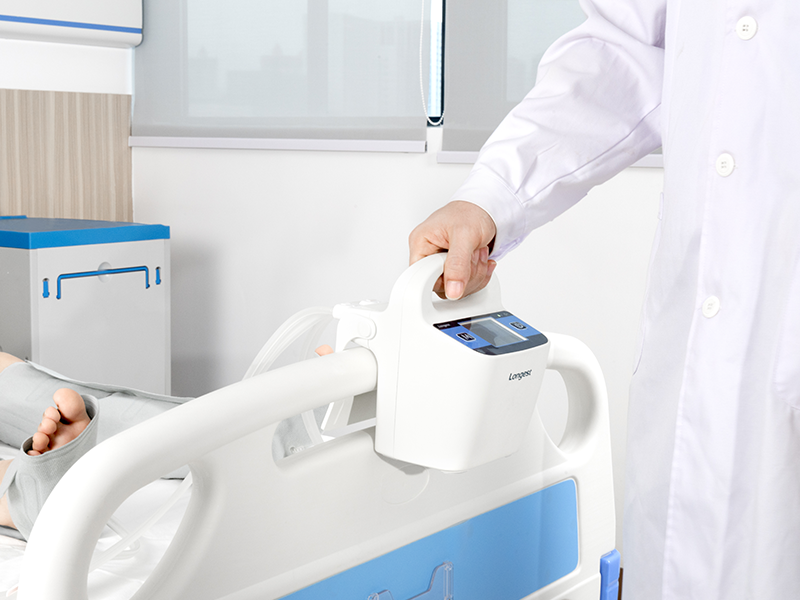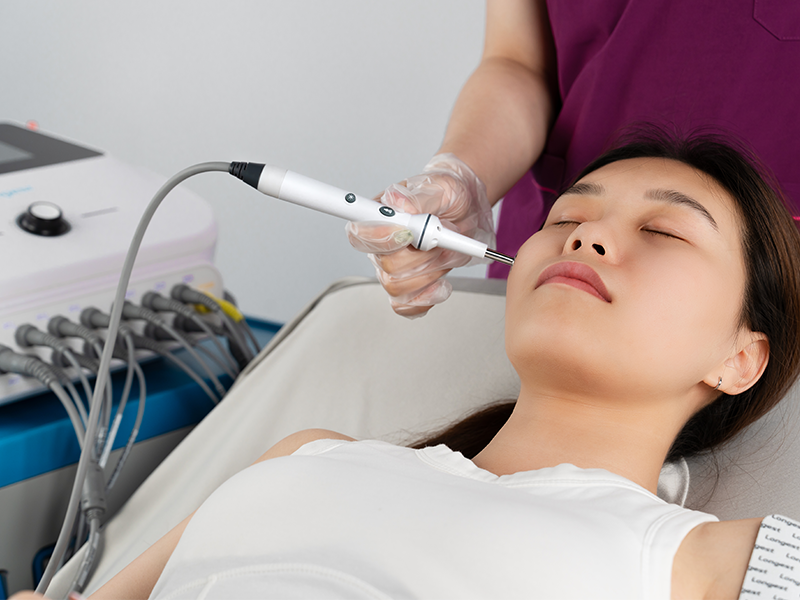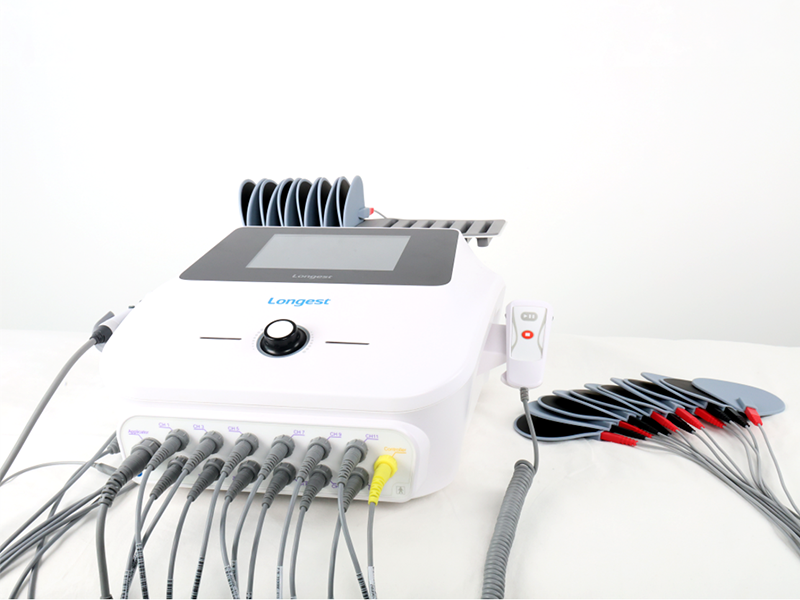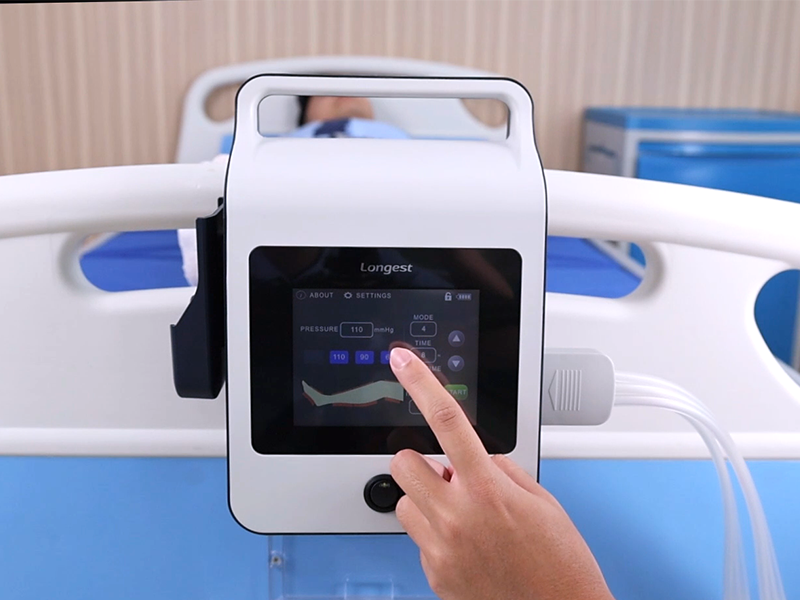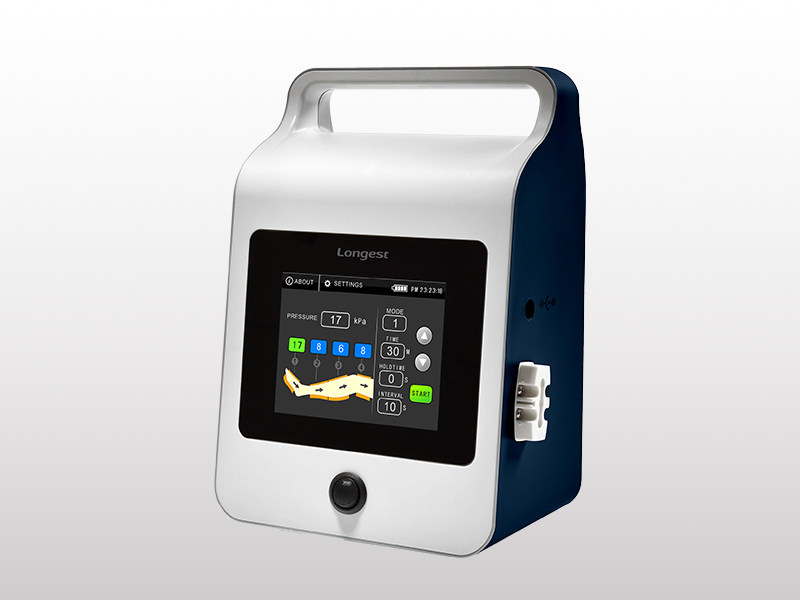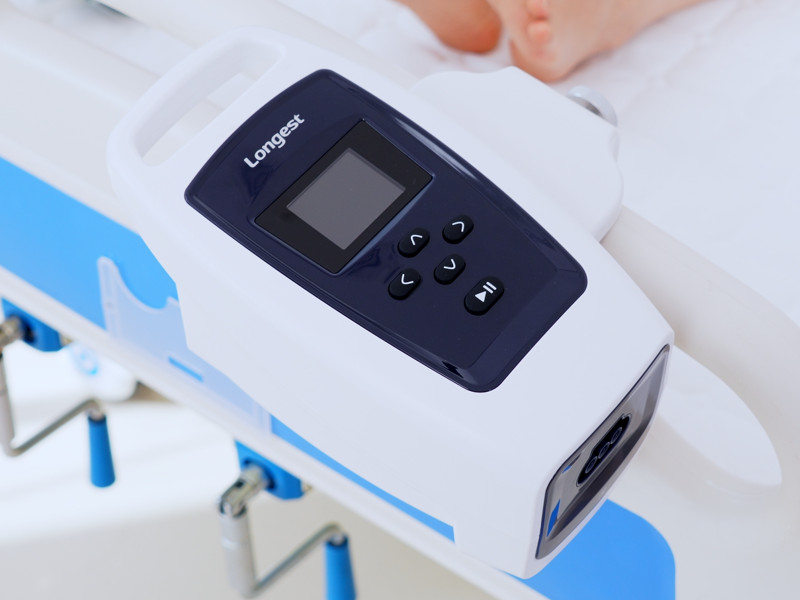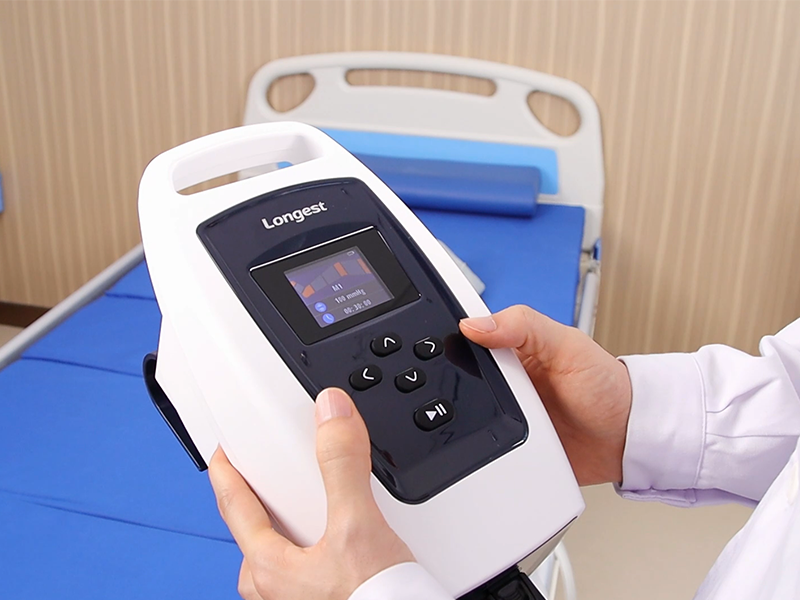Description
Deep vein thrombosis (DVT) is a type of venous thrombosis involving the formation of a blood clot in a deep vein, most commonly in the legs or pelvis. A minority of DVTs occur in the arms. Symptoms can include pain, swelling, redness, and enlarged veins in the affected area, but some DVTs have no symptoms.
Deep vein thrombosis (DVT) is a condition with complex causes.
Generally, venous blood stasis, vascular damage, and a hypercoagulable state of blood are considered the three main contributing factors.
Blood stasis occurs when blood flow slows down. This often happens when a person lies in bed or sits for extended periods. For example, after a long journey or during a hospital stay with limited mobility, the blood in the veins may not flow as smoothly as it should, increasing the risk of DVT.
Vascular injury can also lead to DVT. When a blood vessel is damaged, the structure of the vessel wall changes. This alteration can trigger a coagulation reaction. Traumas, surgeries, or certain medical procedures may cause vascular damage and subsequently increase the likelihood of thrombosis.
Blood hypercoagulability refers to a state where the blood components change, making the blood prone to coagulation. Under the influence of certain factors, such as genetic mutations, certain medications, or specific medical conditions like cancer, the blood can become hypercoagulable. This heightened coagulability can result in thrombosis.
Understanding these factors can help individuals take preventive measures to reduce the risk of DVT, such as regular movement, avoiding prolonged periods of immobility, and taking precautions after surgeries or during times of increased risk.
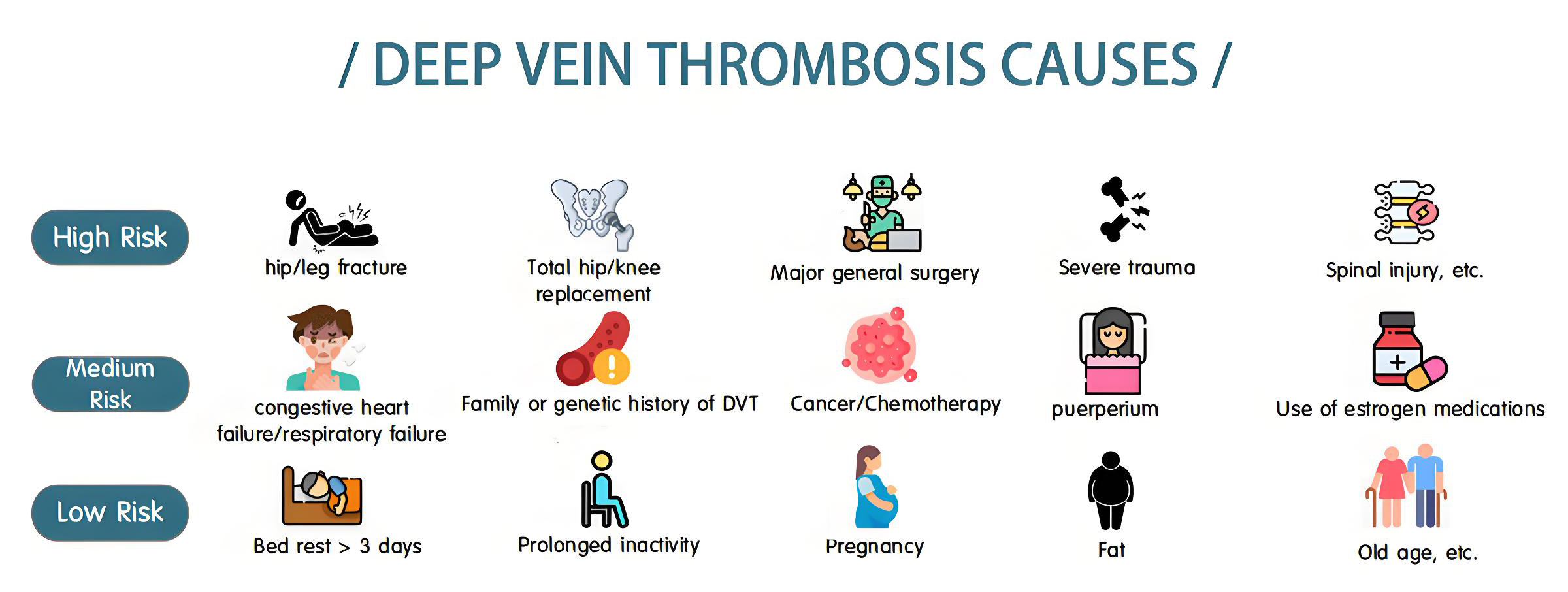
A Smart System that Improves VTE Prevention in Hospital Settings—LGT-2202DVT
Product Introduction
The LGT-2202DVT is a remarkable medical device that offers a host of benefits for post-surgical patients and the healthcare setting as a whole.
This device delivers comfortable air compression therapy in a lightweight and incredibly compact package. After undergoing surgery, patients are often at an increased risk of developing venous thromboembolism (VTE), which can have serious consequences. The LGT-2202DVT provides a gentle yet effective means of preventing VTE by promoting blood circulation in the lower extremities. The air compression therapy mimics the natural pumping action of the muscles, helping to move blood back to the heart and reducing the risk of blood clot formation.
The LGT-2202DVT is a revolutionary device that combines comfort, portability, and effectiveness in addressing VTE problems of post-surgical patients. Its design and features not only simplify the workflow for healthcare providers but also contribute to improved patient outcomes and a more efficient healthcare system.
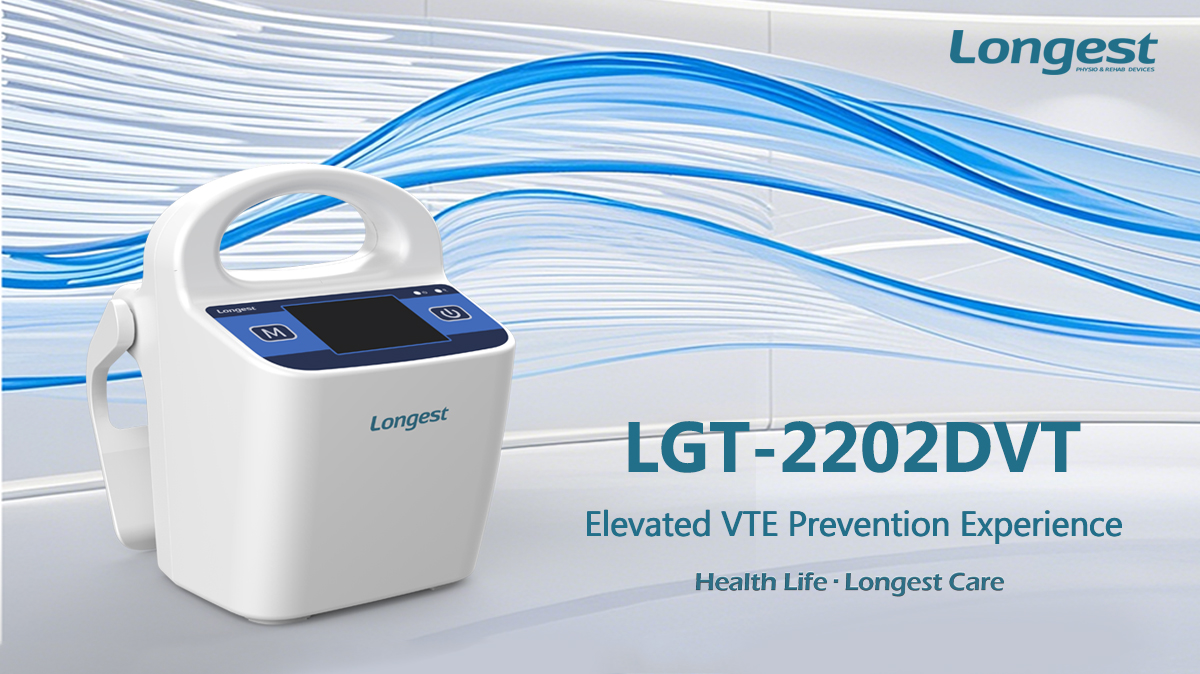
Features & Benefits
- Smart Garment Recognition: The device is designed with garment detection technology to automatically identify connected garments and set the correct pressure and compression cycle, simplifying operation and reducing user intervention.
- Sequential and Gradient Compression: The device applies intermittent and gradient compression on the patient’s leg to promote blood flow effectively and prevent the formation of blood clots.
- Simple and Quiet Operation: The device is of plug-and-play design. Simply connect the sleeves and press the start button. Then you can let the device do the rest. The quiet operation also ensures a relaxing environment for patients.
- Portable & Lightweight: The device is lightweight, compact, and battery-operated, enabling medical staff to move around from patient to patient. It also allows patients to move around within the hospital setting while still receiving DVT prevention therapy.
- Alarm System: The device is equipped with an alarm system that alerts the users or medical staff if there are any malfunctions or issues with the device. This ensures the proper functioning of the pump and prevents any potential harm or ineffective treatment.
- One-leg Compression: The device can provide compression therapy to one leg to potentially address specific issues affecting that leg.
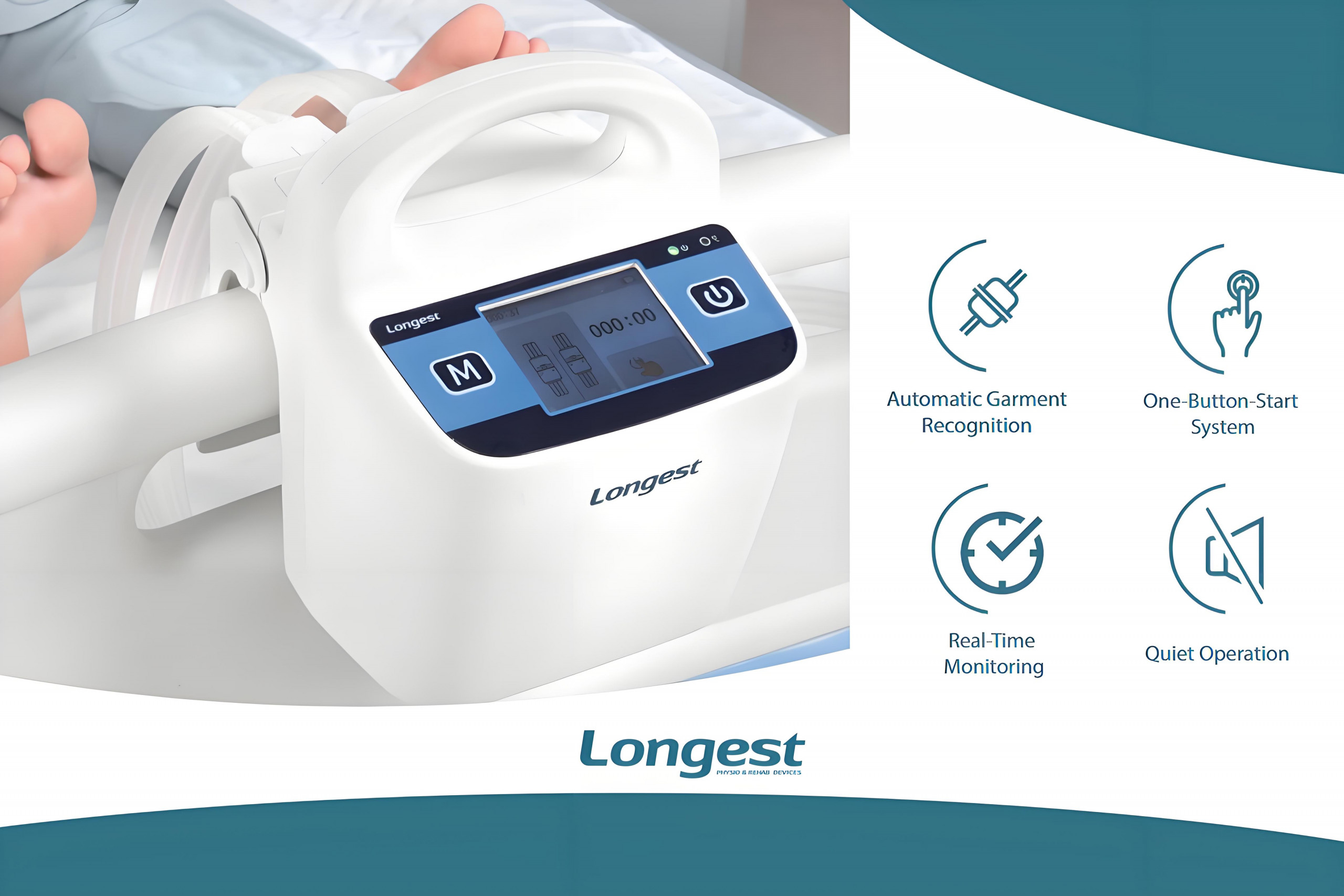

INDICATIONS
- Edema
- Lymphedema
- Phleboedema
- Prevention of Deep Venous Thrombosis (DVT)
- Post-thrombotic syndrome
- Limb convulsion
- Venosclerosis
- Chronic venous insufficiency (CVI)
- Post-mastectomy
- Post-trauma
- Spinal cord injury
- Varicose veins
- Sciatica
- Sprains
- Diabetes
- Arterial insufficiency
- Recovery after sports or surgery
Highly suitable to use in: Surgery Departments, ICUs, Rehabilitation Departments, Emergency Departments
CONTRAINDICATIONS
Patients with the following diseases are forbidden to use:
- Acute DVT
- Erysipelas
- Lymphangitis
- Systemic decompensation
- Pressure urticaria
- Dimension: 145(W)×166(L)×188(H) mm
- Weight: 1.5kg
- Interface: 2.8″ LCD screen
- Pressure: Max.30mmHg
- Compression Modes: 4 modes
- Mode of Operation: continuous
- Power Supply: rechargeable battery (3500mAh) / AC100-240V
Standard Accessories
- Power cord*1pc
- Connection hose (150cm)*2pcs
Optional Accessories
- Thigh Length Sleeves (S/M/L)
- Calf Sleeves (S/M/L)
- Foot Sleeves (M)
- Calf+Foot Sleeves (M)
